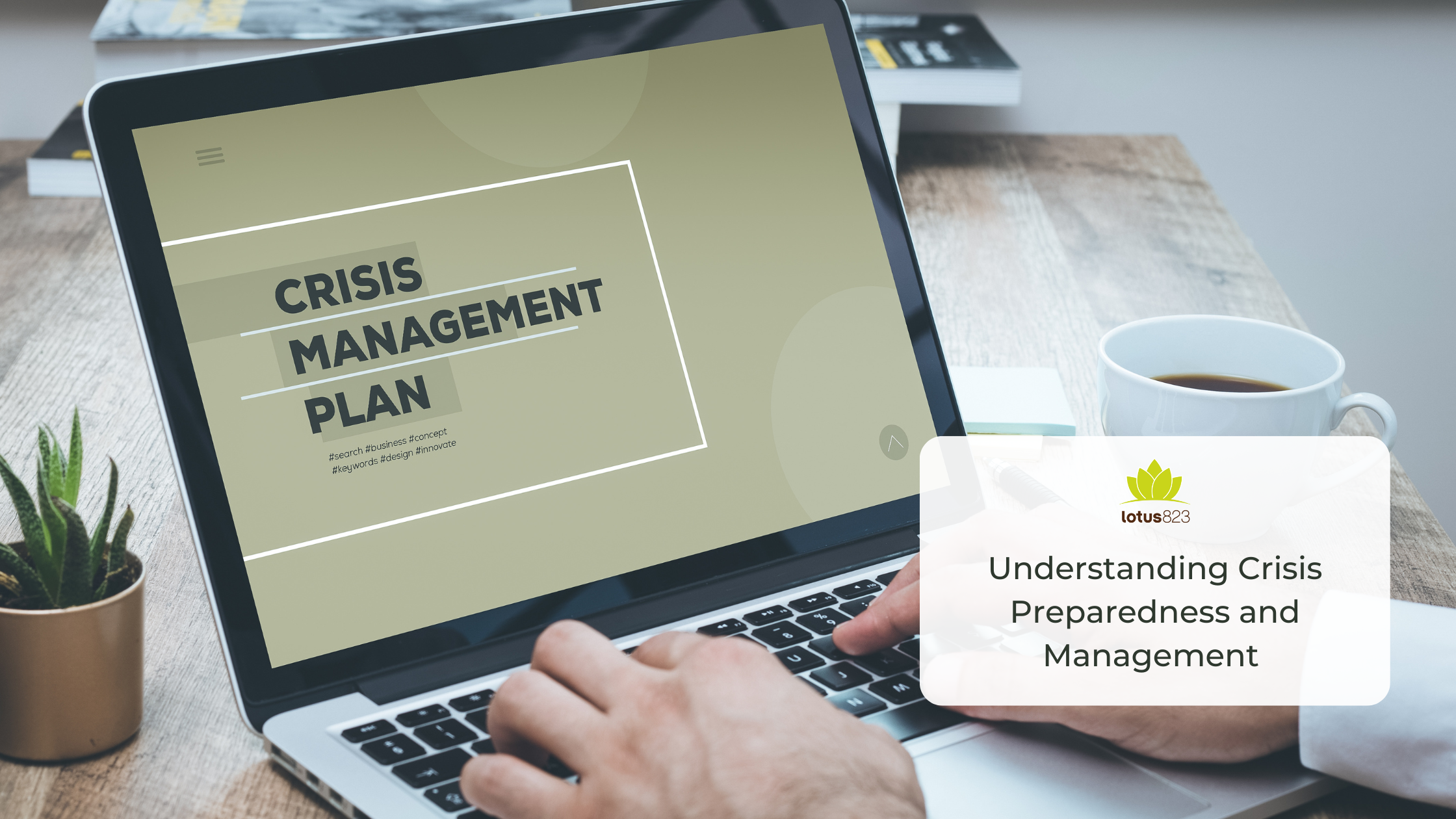
No organization wants to deal with a crisis so it can often be put on the back burner but preparing for potential crises can significantly better an organization’s response to the situation that it may be facing. In the pre-crisis stage, crisis communication involves understanding the organization’s crisis risks, making decisions about how to manage future crises, and training people who will be on the crisis management team. The pre-crisis phase provides a great opportunity in finding the weaknesses of an organization and other early warning signs that can cause a crisis in the future. Organizations can prevent a crisis by using the following best practices:
- Develop a crisis management team that understands the organization in its entirety, understands the brand’s voice, and understands the crisis management plan that has been established.
- Create a comprehensive crisis communication plan that addresses the different types of crises that can be common for the brand and includes approved messaging and templates for brand statements.
- Test the crisis communication plan at least once a year to test the capabilities of both the crisis communication plan and the crisis communication team to understand what works and what needs to be updated.
Managing a Crisis
When deciding whether to deploy a brand’s crisis communication plan, it is important to determine whether the issue at hand qualifies as a crisis. If the answers to the following questions are all yes, it is time to deploy the brand’s crisis plan!
- Does the current issue impact the brand’s workflow?
- Is the brand’s bottom line disrupted?
- Will the brand’s reputation be damaged?
Now that it has been determined that a crisis is at hand, the brand can successfully implement its crisis management plan. The first step in this process is to clearly identify where this crisis came from, understand the full scope of the crisis, and understand how the crisis is being covered in the media. A good way to identify all these elements is to continuously conduct media monitoring across print, online, and social media.
Based on the crisis and brand, the crisis management team can decide where the best place for messaging is. A blog on the brand’s website or LinkedIn or a press release are both good when longer messages and a tightly controlled message is needed. Using social media platforms like Instagram, Twitter, or TikTok can be beneficial if the crisis originated from social media. However, it is important to note that social media encourages a dialogue, but it is difficult to control a message on social media.
Lastly, it is important to understand the best timing for a brand’s messaging. Being well prepared with the messaging is beneficial, but brands do not want to wait too long before responding because it can be viewed as indifference to the crisis at hand. After the best time for messaging has been determined and the messaging is finally released to the public, the crisis management team should still be monitoring the media to understand the reactions and the statements to conduct follow up messaging if necessary.
Does your brand know what to do when you are facing critical decisions that could impact your reputation and revenue? Contact us today to schedule a complimentary consultation call!






